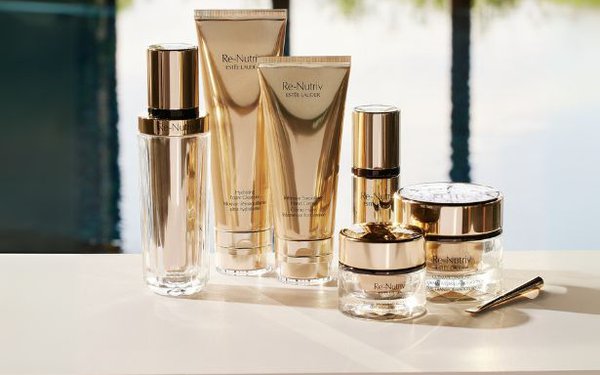
Consumers are dismantling one of
beauty’s driving principles: that shoppers believe higher prices mean better results. According to a new Circana report, only 14% of U.S. beauty buyers still think pricier products work better.
That shift is forcing brands across the spectrum to rethink strategies, as the lines between prestige and mass blur.
“The beauty industry’s latest
results are indicative of a consumer who is focused on efficacy and elevated value,” writes Larissa Jensen, global beauty advisor at Circana, in the new report. “The mass and prestige
markets are converging, with premium-priced brands in mass retail and value-priced prestige brands outperforming their counterparts.”
That convergence
shows up clearly in first-half spending. Skincare products sold in the mass market outperformed prestige brands, rising 4% in dollar sales, with unit sales climbing as well. Prestige skincare dollar
sales fell 1% to $4.6 billion, although units did tick up. The winners are so-called “masstige” brands, pioneered by companies like Neutrogena and La Roche-Posay. These more expensive
products are sold in mass outlets, and Circana says they are logging double-digit growth.
advertisement
advertisement
That tension is already walloping Estee Lauder. The beauty giant just posted a 12% quarterly sales
decline to $3.41 billion, with its largest segment, skincare, falling 16% to $1.7 billion. Makeup sales also dropped, down 11% to $982 million at MAC Cosmetics. Net losses widened to $546 million,
compared with $284 million in the same quarter a year ago.
While Lauder’s struggles are particularly sharp, they underscore the same reality facing the
entire category: Shoppers want value, not vanity pricing.
That’s not to say the current “little treats” economy isn’t still a factor. Makeup flipped the script:
prestige sales eked out a 1% gain, driven by lip products. Mass makeup slid in the low single digits. Fragrance remained a bright spot across the board, with prestige climbing 6% to $3.9 billion and
mass surging 17%, powered by new launches.
For many companies, tariffs add a stubborn wrinkle to volatility. “As the industry faces tariff uncertainties and shifting consumer sentiment,
adaptability and strategic agility are essential for success in 2025,” Jensen says. E.L.F., which sources about 75% of its products from China, just raised prices by $1 to offset tariff costs.
So far, the California-based mass brand says consumers haven’t balked, with most items still under $10. And Estée Lauder expects tariffs to take $100 million out of earnings this
year.